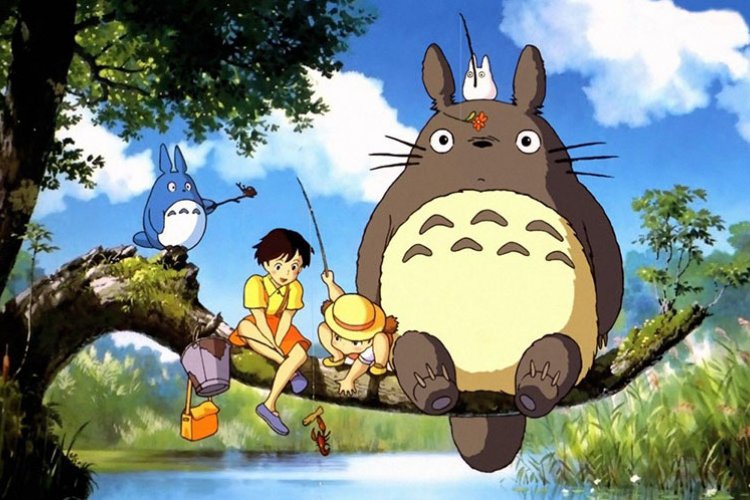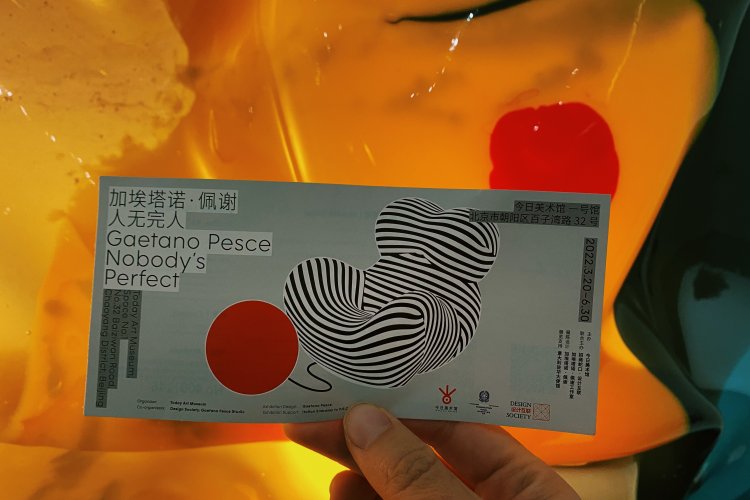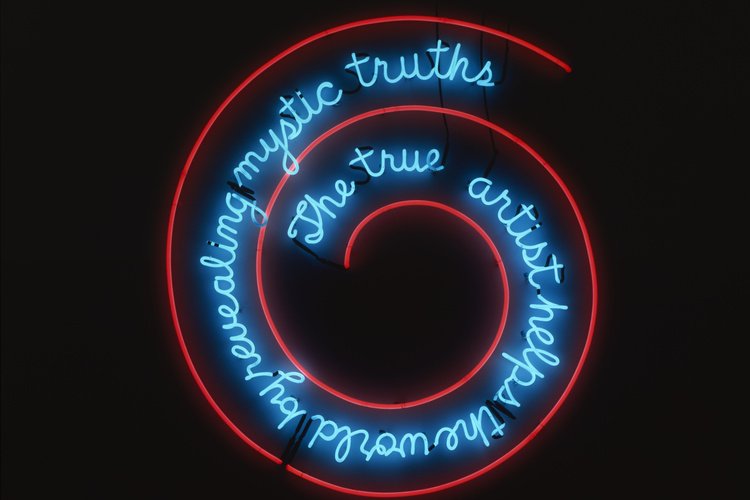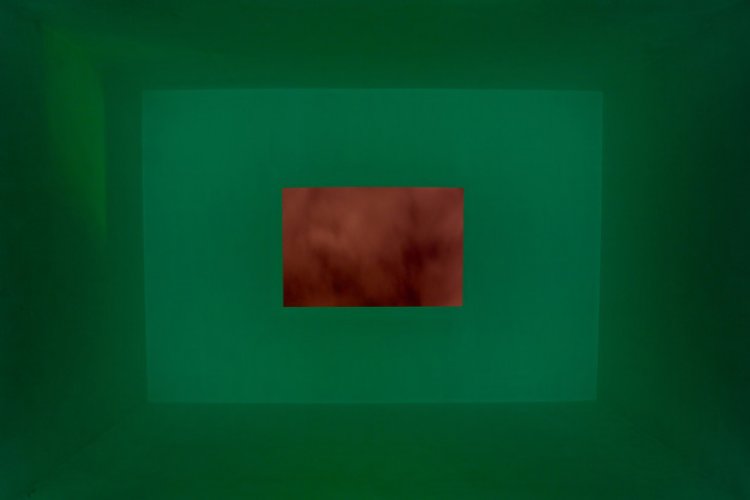100 Classic Japanese Woodblock Prints Now on Display at Today Art Museum
A new exhibition titled Meeting Ukiyo-e: A Floating World of Edo City opened this past weekend at Today Art Museum, showcasing close to 100 original ukiyo-e woodblock prints from Japan's Edo and Meiji eras. The works have never been exhibited in China before.
Ukiyo-e, which translates to "pictures of the Floating World," refers to a form of woodblock printing that flourished during Japan's Edo period (1603-1868). Significant economic growth during the period meant that individuals had more time to dedicate to hedonistic pursuits, and an expanding arts scene ensured that Edo's (present-day Tokyo) artists were on hand to capture them.
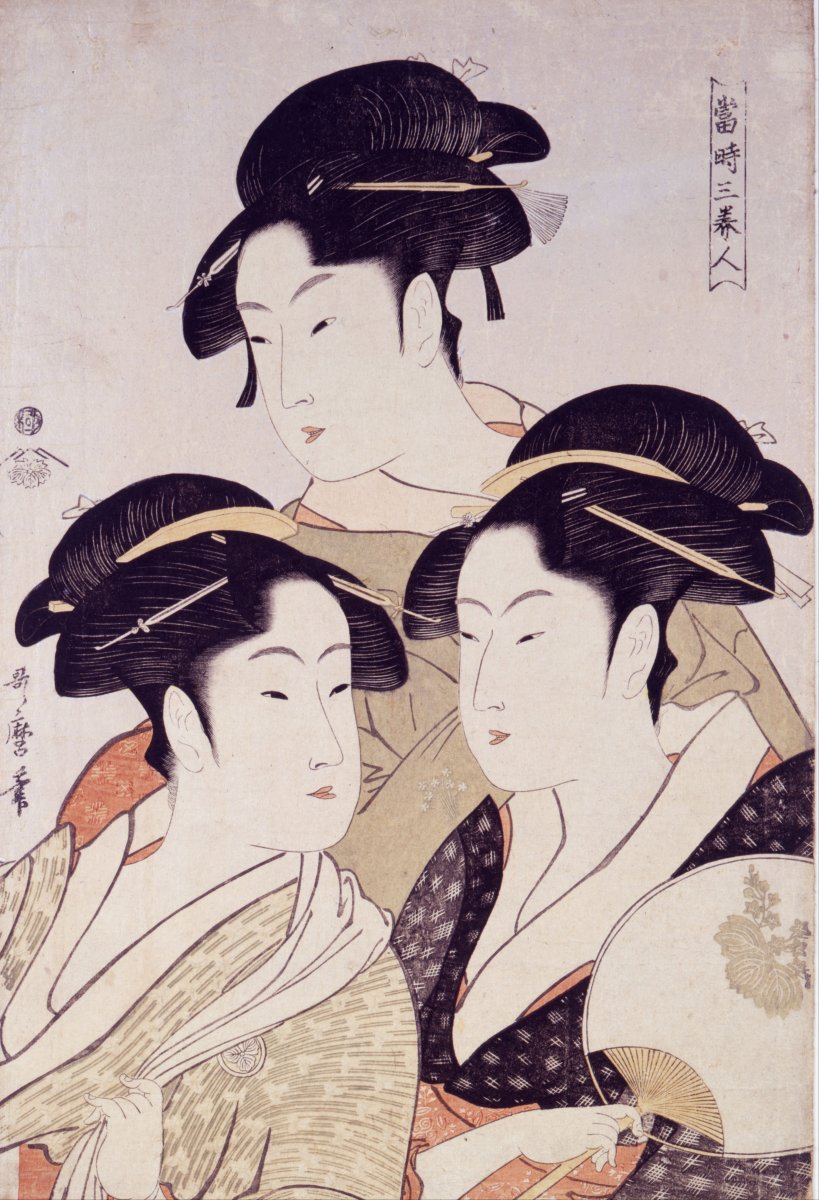
By the mid-18th century, artists were using multiple woodblocks to create colorful and intricate scenes and because the images could be reproduced, they were cheap enough to buy for most strata of society. In fact, it is said that the prints were so prevalent at this time that they were barely considered art. Nevertheless, subjects usually included those figures who helped promulgate Japanese art and culture such as geishas, kabuki theater actors, and sumo wrestlers, as well as scenes from history and folk tales, landscapes, and erotica.
When the capital fell to Emperor Meiji in 1868, marking the beginning of the Meiji era (1868-1912), ukiyo-e production went into steep decline due to technological and social modernization, and an end to isolationist policies that had kept Japan looking inwards. However, these advances eventually helped transform the country into an emergent power and printmaking saw a revival in the 20th century thanks to interest from collectors in the West.
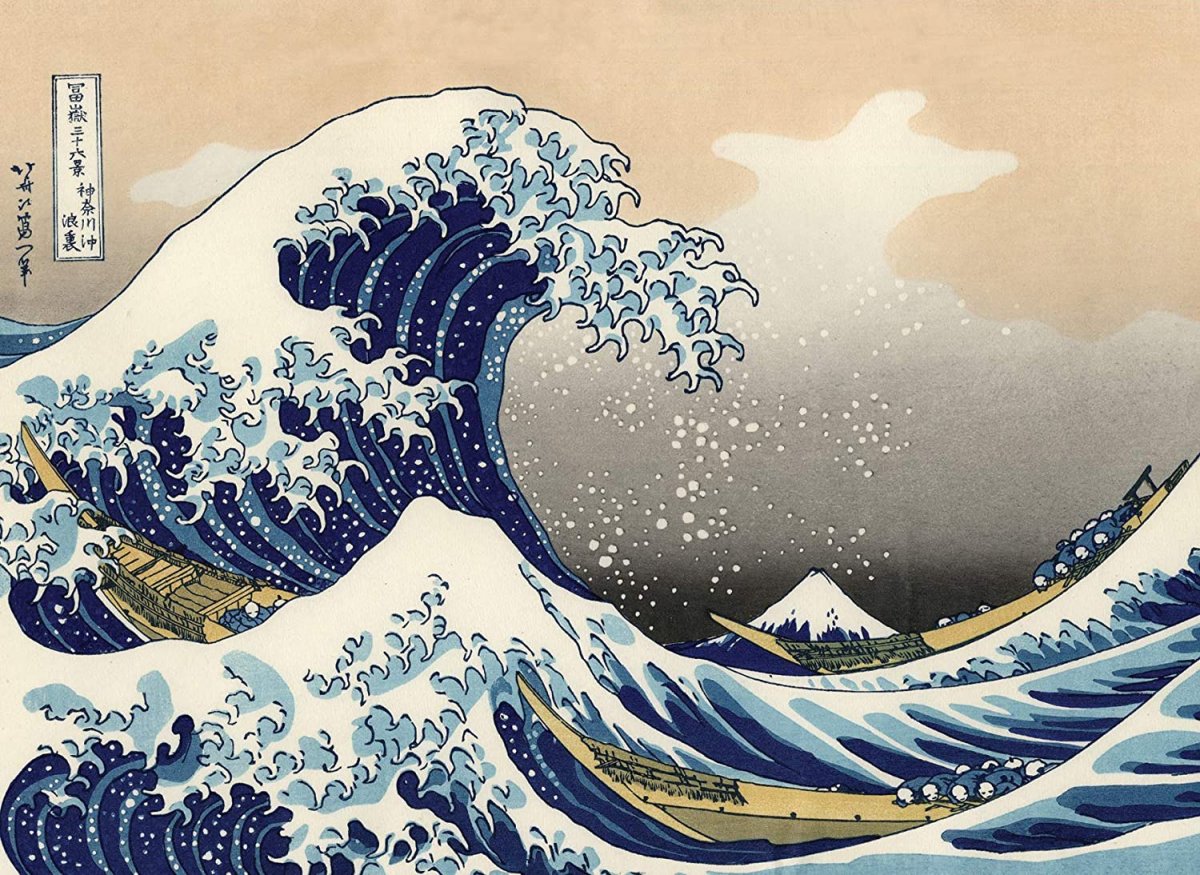
Perhaps the most iconic ukiyo-e work ever created, and one that is on display at the Today Art Museum, is Katsushika Hokusai's "The Great Wave off Kanagawa." Considered a late-era master of the form, Hokusai's works favor bold landscapes as well as the portrayal of commoners going about their daily lives. They also demonstrate the West's growing influence on the country at the time, with the striking Prussian blue used in "The Great Wave" having been imported from Europe.
With many original ukiyo-e prints having either since been destroyed in fires and natural disasters or stashed in collections around the world, the exhibition marks an excellent chance to see why the art form has remained one of the country's defining features over the past three centuries.
Meeting Ukiyo-e: A Floating World of Edo City runs until May 6 at Today Art Museum. Tickets for the show are RMB 78 Tuesday to Friday, RMB 98 Saturday and Sunday, and RMB 68 for special night viewings Fridays and Saturdays.
READ: Beijing's UCCA To Hold the World's First-Ever Crypto Art Exhibition
Images: Wikimedia


